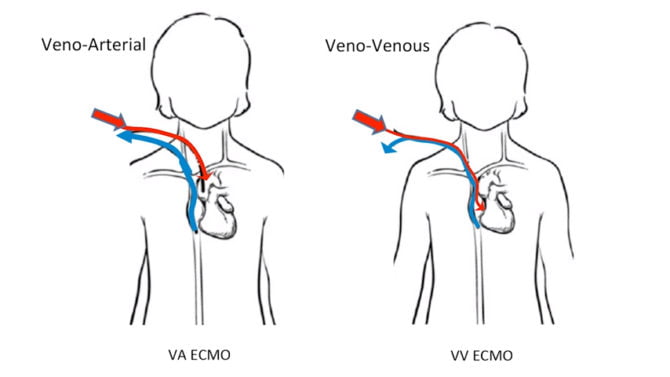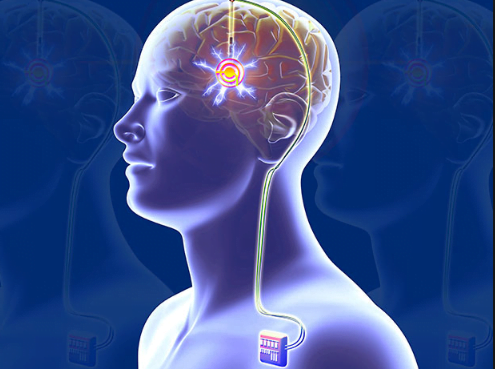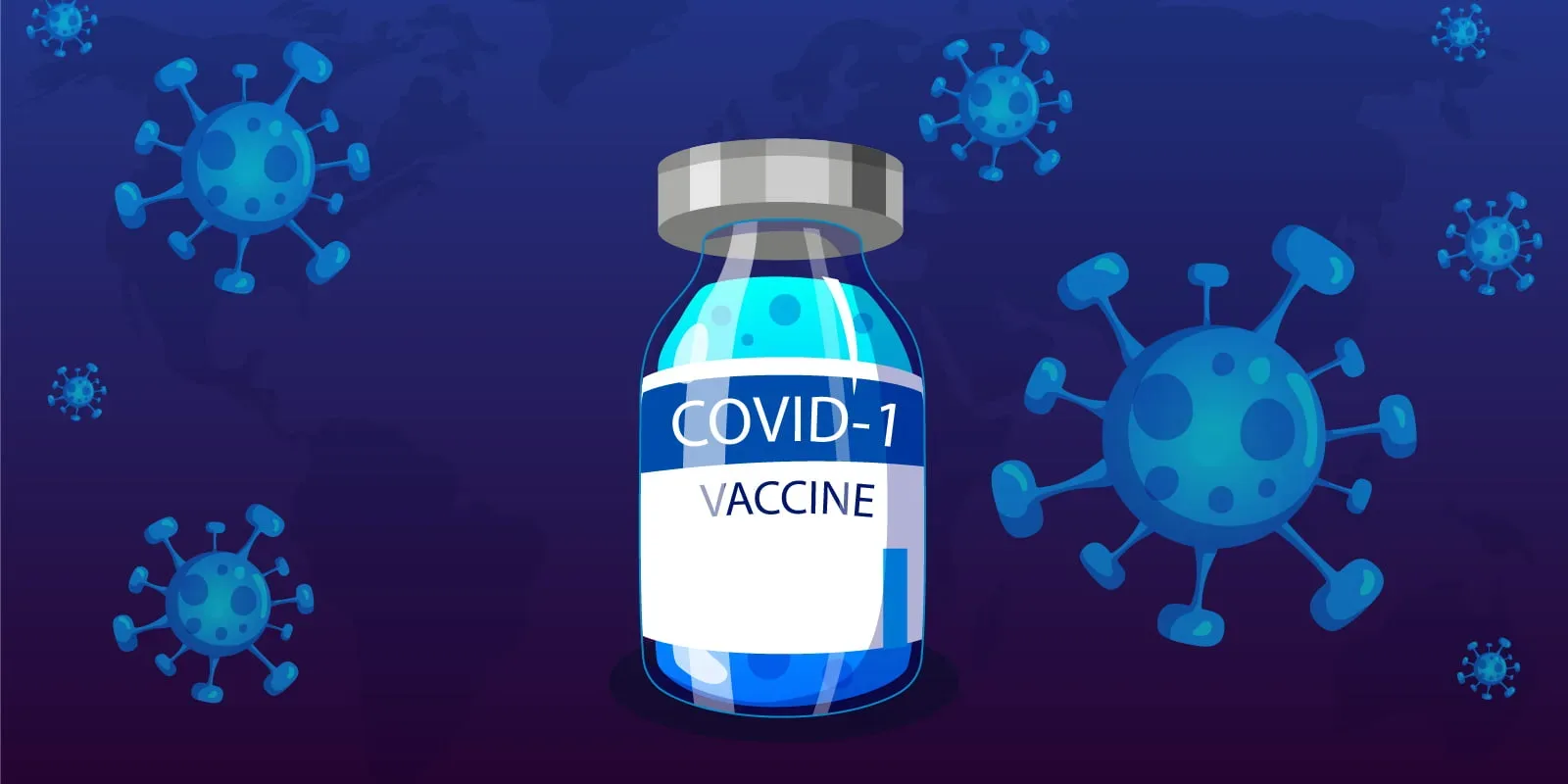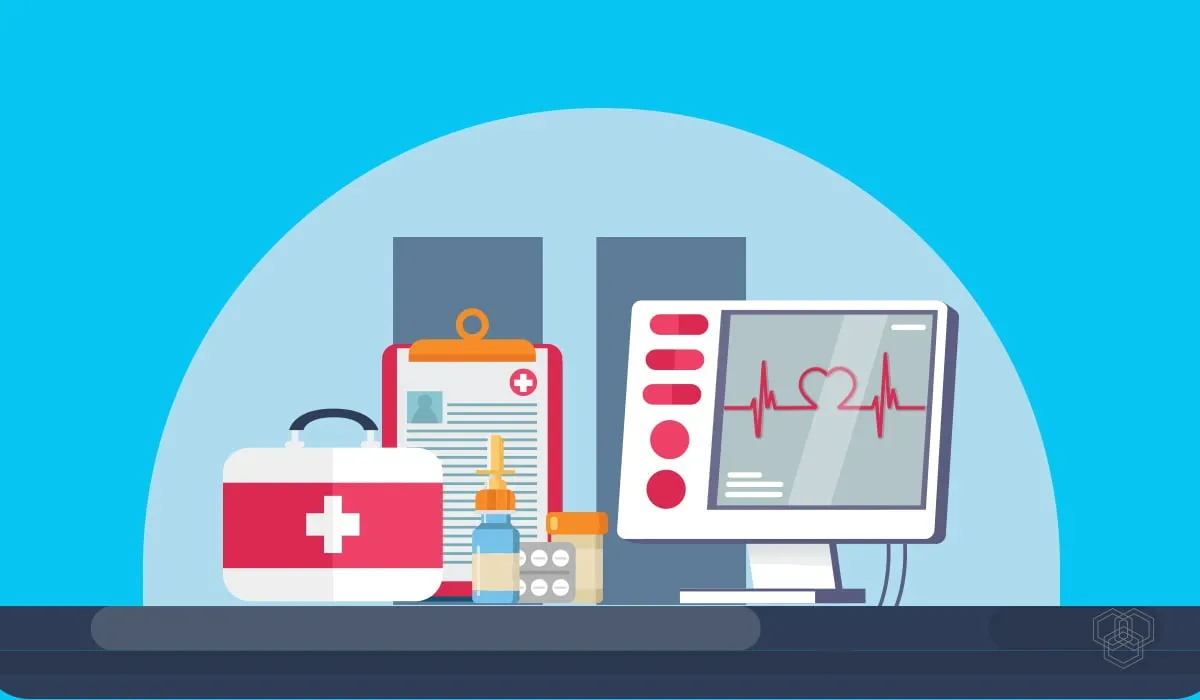Extracorporeal membrane oxygenation (ECMO) is a life provision machine. It is used by the people who have a life-threatening disorder that prevents their heart or lungs from functioning correctly.
In different hospital’s intensive care ICU mostly the people who need support from an Extracorporeal membrane oxygenation (ECMO) machine are cared for.

In some cases, people are supported by the ECMO machine for only a few hours to days but depending on the conditions, it may be used for weeks. There are so many ways to make use of Extracorporeal membrane oxygenation (ECMO) machine in adults and children. There are also many overlaps and differences that occur when we use Extracorporeal membrane oxygenation (ECMO) machine.
Why ECMO:
Extracorporeal membrane oxygenation (ECMO) machine is used because:
- Lungs cannot provide oxygen sufficient to our body even when given extra oxygen
- Even with the assistance of mechanical ventilator lungs cannot dispose of carbon dioxide
- The heart cannot push an adequate amount of blood to the body
Extracorporeal membrane oxygenation (ECMO) also supports people with heart or lungs diseases that can never be cured while they wait for an oxygen transplant for example heart or lungs.
How ECMO works:
The process by which a health care provider places these tubes in a patient is called cannulation.
Through the plastic tubes cannula, the ECMO machine is connected to a patient. These tubes are placed in an organized way. These tubes are positioned in large veins and arteries in the legs, neck or chest.
These tubes are being placed in a patient by a health care provider. The procedure is also led by health care provider and this phenomenon is known as cannulation.
To remove carbon dioxide, the Extracorporeal membrane oxygenation (ECMO) machine pushes blood from the patient’s body to an artificial lung that adds to it. As a consequence, it exchanges the function of the person’s own lungs.

To send the blood back to the patient through a pump with the identical energy as the heart, function substitution is carried out by Extracorporeal membrane oxygenation (ECMO) machine. A perfusionist or a nurse or a respiratory therapist with the advanced training capabilities controls Extracorporeal membrane oxygenation (ECMO) machine and is also known as the ECMO expert.
The Extracorporeal membrane oxygenation (ECMO) machine specialist is responsible for adjusting the settings on the machine to provide the patient with the required amount of heart and lung support they need.
How ECMO machine monitors patient?
The patients that are being connected to the ECMO machine in the ICU in the hospitals are also connected to the monitors. These monitors are doing several jobs like measuring the patient’s heart rate, blood pressure, and oxygen level.
To measure the oxygen and carbon dioxide levels, patients on the ECMO machine need their blood tested very often.
These tests are also known as blood gases. To prevent blood from clotting, patients on ECMO machine are also provided with a medication to thin the blood. As a consequence to check the blood is thin enough, several blood tests are taken during this process.
The team members of the patient’s health care make use of all these results and then check how well the Extracorporeal membrane oxygenation (ECMO) machine is helping the patient and to make vicissitudes if compulsory.
How can the ECMO machine be used?
ECMO does not save everyone but it has improved survival for many critically ill people who are not responding to usual life support options.
The Extracorporeal membrane oxygenation (ECMO) machine is improving the patient’s life but it is not treating the patient’s ailment or injury. The healthcare teams in the hospitals work for the treatment of the underlying disorders or injuries such as infection or until organs for transplant become accessible but the Extracorporeal membrane oxygenation (ECMO) machine is merely provided provision for the patient.
The health care providers are in a struggle and try to assist the people to get rid of the ECMO machine as soon as possible. Some patients only need the ECMO machine for a few hours and their ailment or injuries are treated quickly. Other conditions might take some longer period to get well soon. In such cases, the patients need the Extracorporeal membrane oxygenation (ECMO) machine for several days to weeks.
Unluckily in some scenarios, the patients do not improve enough to be taken off the ECMO machine.
What it feels like to be on ECMO?
At first, the patient is getting connected to an ECMO machine, the health care providers make sure that the patient is asleep so that they don’t feel the tubes going hooked on their veins and arteries. The person that is on the ECMO machine is also connected to the ventilator like a breathing machine via a tube that is placed in the mouth or nose and down into the windpipe.
In what way a patient is taken off the ECMO machine?
The ECMO machine supports the patient in every way while he or she tries to overcome an ailment or injury. The patient might not need any support of the ECMO machine anymore if the disorder or injury progresses on the daily basis.





Share Your Thoughts